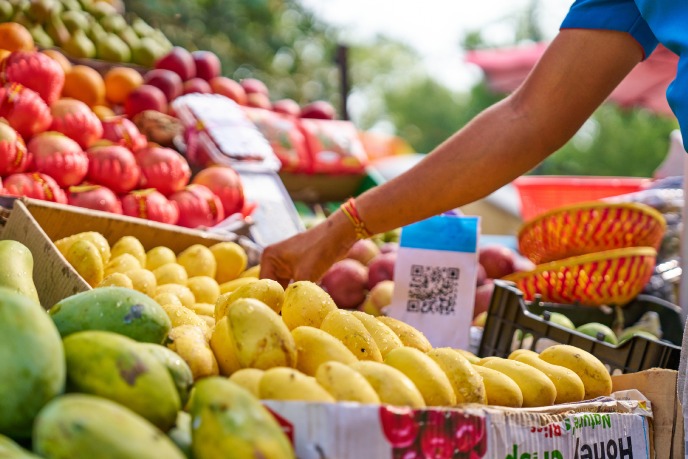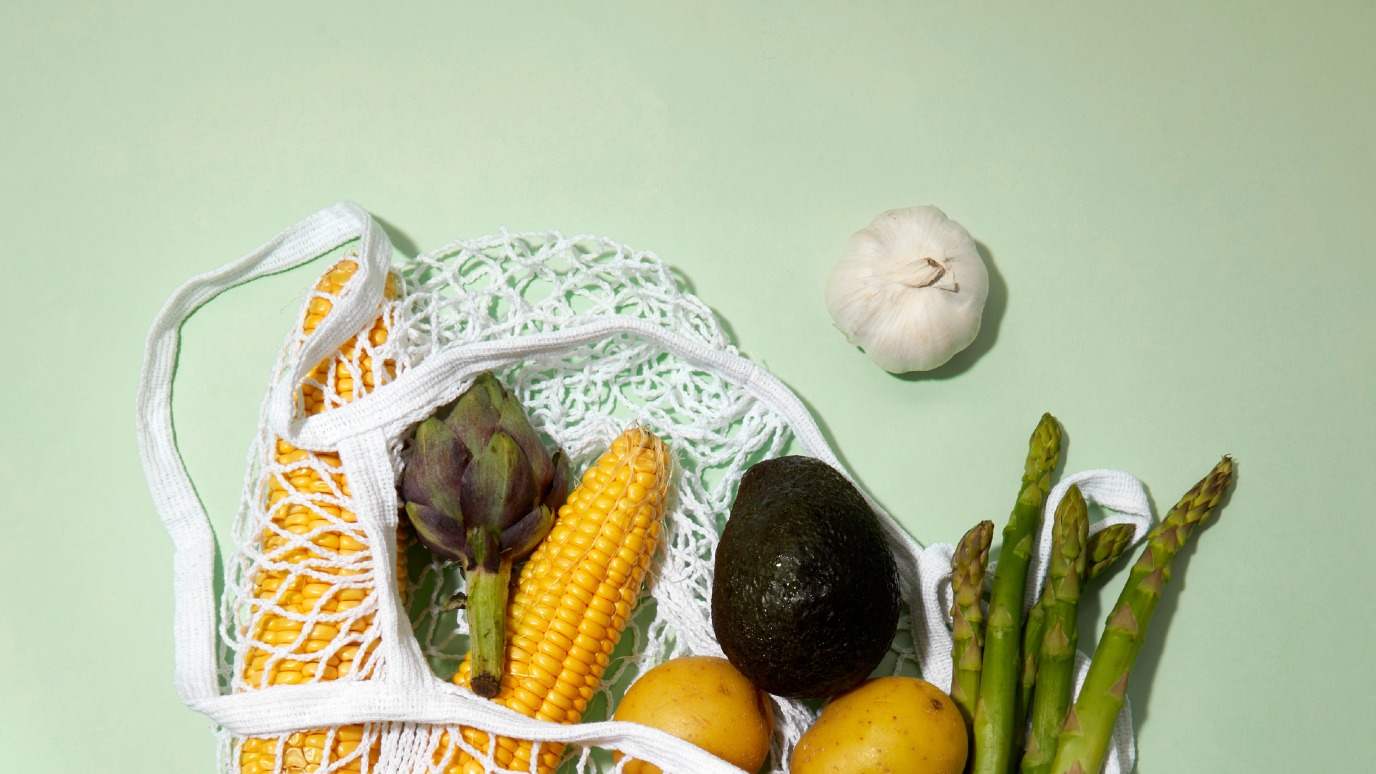Where does your food come from? Local vs. Imported: What’s greener?
| Date: | 21 February 2025 |
| Author: | Green Office |

When it comes to food, sustainability depends on more than what we eat. It involves factors like how food is grown and transported. While reducing meat consumption is a step in the right direction, some vegetarian foods still have a high environmental impact.
To act more planetary-friendly regarding vegetables, focus on local, in-season options or frozen ones, and avoid flown-in veggies. Small changes like shopping at local organic markets or food gardens can make a big difference!

One key topic in sustainability is food: what we eat, where it comes from, and its environmental impact. Other factors, like how the food is produced, processed, and packaged, also play a role. But let’s focus on the 'where it comes from' part, as it is often the lesser-known aspect of what we eat.
Is eating vegetarian automatically sustainable?
While reducing your meat consumption makes your diet more sustainable, being vegetarian doesn’t automatically mean that all your food choices are eco-friendly. The environmental impact of meat is the highest, followed by dairy, then vegetables, and legumes. Sustainability is influenced by factors such as energy, water and land usage in production, as well as the distance and means of transport that get food to your plate. A product that requires a lot of resources, whether part of an omnivorous, vegetarian, or vegan diet, is still unsustainable.
For example, both cheese and almonds, common in vegetarian and vegan diets, have high water usage when produced. Avocados, a key ingredient in many plant-based meals, are among the most water-intensive crops. Let’s not forget that soy, being largely produced in Brazil, majorly contributes to deforestation in the Amazon due to the high need of land to grow it. What I’m trying to say is that cutting down on meat consumption is a great place to start, and more knowledge about environmental impacts of food can be of much help when choosing the right things to eat. I’m here to make it easier for you!

How do we eat more sustainably?
There are many aspects to look at when switching to a more planetary-friendly diet. In this blog, I’ll focus on one simple change that you can easily incorporate into your routine for better food choices:
Taking food miles into consideration, otherwise known as the distance food has travelled to get to your plate.
To make more informed decisions, think about where your produce comes from and where you buy it from. Local, seasonal vegetables typically have the lowest CO2 emissions, followed by frozen veggies, since they’re harvested in the season and then frozen. On the other hand, CO2 emissions increase when vegetables are brought from far-off places. While the distance also matters, the means of transport plays a bigger role. For instance, when veggies are transported by truck or boat, the CO2 emissions are not much higher than those of the locally produced ones. However, when they are brought by plane, the emissions increase drastically.

So, does that mean locally grown-produce is always the best choice? Not necessarily. While local veggies have lower emissions when produced during their season, those grown in heated greenhouses typically have emissions higher than those of veggies transported by truck or boat.
It might seem complicated, but here’s a quick tip after digesting all this information:
Opt for locally grown, in-season vegetables, frozen ones when they’re out of season, and if the means of transport is known, stay away from flown-in veggies.
Lastly, try shopping at your local market or local food garden instead of the supermarket. Even if the supermarket is closer, a little exercise won’t hurt. ;) And don’t forget: small changes add up. Every sustainable choice makes a difference!
Conclusion
The blog post discusses the environmental impact of food beyond just dietary choices. While reducing meat consumption is beneficial, some vegetarian foods still have a high footprint due to production methods and transportation. Locally grown, in-season vegetables or frozen options are the most sustainable, while flown-in produce significantly increases emissions. Greenhouse-grown local vegetables can also have a high footprint. Shopping at local markets and food gardens helps reduce emissions. Small, informed changes in food choices contribute to a more sustainable planet.
Hi! My name is Ral, I'm 21, and I'm a third year bachelor student in psychology. I recently started a minor in environmental studies and sustainability, which has changed the way I see the planet and offered me a more holistic understanding of nature. After four years of literature studies in Highschool, joining the Green Office Blog allows me to combine two of my biggest passions: writing and the environment. Through this blog, I aim to inspire others and emphasize that meaningful change is possible at an individual level. It’s time to shift the mindset from “My efforts alone won’t make a difference” to “My contribution is essential for building a more sustainable planet.”

